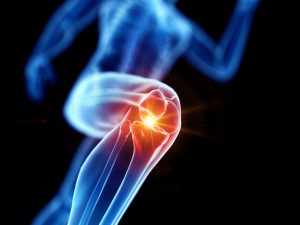
Russian scientists have developed an ideal polymer for implants
Canadian Plastics
Materials Research & DevelopmentThe innovative polymer material mimics the mechanical behavior of living tissues.

Image Credit: SciePro/Adobe Stock
An international group of scientists led by Moscow State University professor Dmitry Ivanov have created a polymeric biomimetic material that can reproduce the mechanical behavior of living tissues, imitate their properties, and integrate into the body – making it ideal for implants.
The project began in 2018, when Ivanov and his colleagues synthesized and studied an artificial analogue of chameleon skin: A material that changed colour and strength depending on mechanical impact. The developed concept made it possible to create polymers with mechanical properties that exactly reproduced the given living tissues of humans and animals.
“Earlier, we showed that our polymers can reproduce the mechanical behavior of living tissues, and they can be programmed,” Ivanov said. “We can reproduce any curve corresponding to the deformation of living tissues. That is, our polymers stretch to the required limit and then become much stronger. And now we have added one more functionality to these systems – now our ‘smart’ polymers respond to another factor: temperature.”
The polymers are solid at room temperature, Ivanov said, but upon contact with a living body – in this work, at 37°C – they turn into liquid. Due to this phase transition during implantation, polymers can spread and fill the cavities in the body, creating an ideal implant to restore skin, fatty tissue, and cartilage due to the fact that the bonds between the side chains of the brush break down in the polymer.
And according to Ivanov, the phase transition temperature can be selected with amazing accuracy, ranging from room temperature to 50-60°C. “In this case, we made the transition threshold in the region of 37°C, adjusting it to the temperature of the human body, but you can adjust the parameters for any animal,” he said.
The scientists are now focused on understanding the extent to which brush density and hair branching affect the rate of phase transition. “We are just running an experiment at the synchrotron in Grenoble [in southeastern France], where we began to study the details of the phase transition using X-ray analysis,” Ivanov said. “The bulk of the work was done on a diffractometer at Moscow University.”
In the near future, this development will be tested on animals. “This work is just beginning with us,” Ivanov said. “We plan to carry it out in cooperation with a new laboratory, which is currently being created at the Faculty of Chemistry of Moscow State University within the framework of a mega-grant.”
Source: Moscow State University
